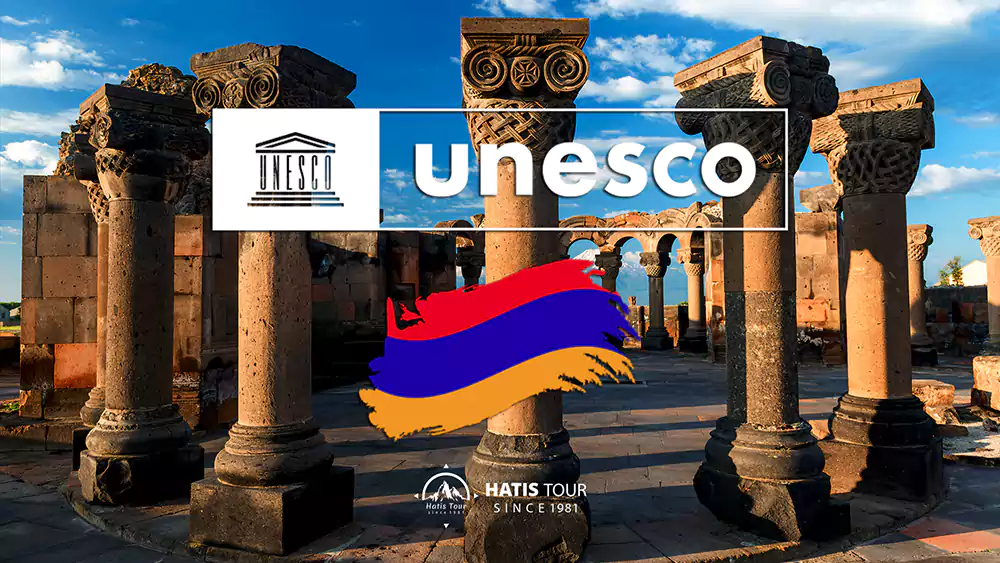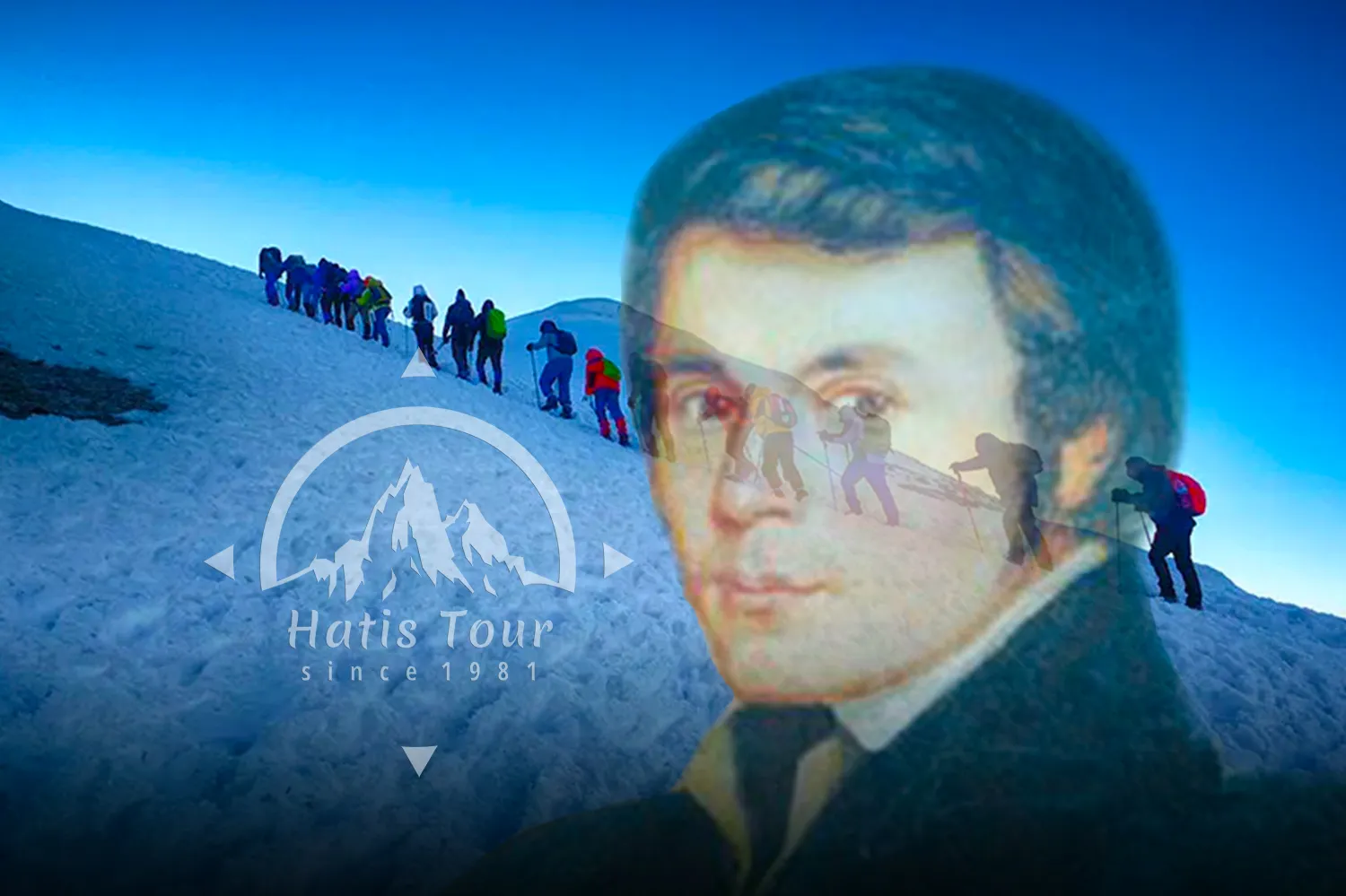
Arshakuni Mausoleum is located in the village of Aghdzk (Dzorap) in the Aragatsotn region of Armenia, where the remains of the pagan and Christian Armenian kings Arshakuni were buried. It dates back to the second half of the 4th century. In the 5th century, a basilica was built next to the mausoleum, which was rebuilt in the 19th century. According to the testimony of Pavst Buzand, the Persian king Shapukh II, having captured Ani-kamakh in 364, opened the graves of the Armenian kings buried there and tried to transport the remains to Persia, because, according to the pagan Persians, together with the bones of these kings, their world would have transferred their "glory, luck and courage". However, Sparapet Vasak Mamikonian, after defeating the Persians in the province of Ayrarat, took these relics and buried them in Aghdzk.


.webp)
.webp)
.webp)
.webp)
.webp)
.webp)
.webp)
.webp)
.webp)






.webp)
.webp)
.webp)
.webp)
.webp)
.webp)
.webp)

Leave a comment